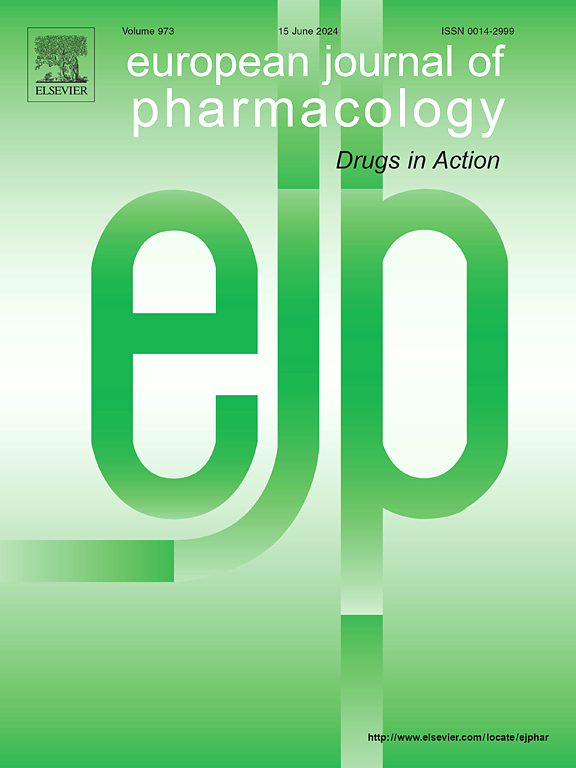葡萄糖依赖性胰岛素肽及其他:代谢性疾病治疗的协同激动剂创新
IF 4.2
3区 医学
Q1 PHARMACOLOGY & PHARMACY
引用次数: 0
摘要
葡萄糖依赖性胰岛素肽(GIP)是一种关键的肠促胰岛素激素,已成为代谢紊乱的关键治疗靶点。从历史上看,它在2型糖尿病(T2DM)的治疗潜力被低估了,因为它对GIP的抵抗和它对血糖控制和体重调节的有限的急性作用。然而,新出现的证据表明,通过持续的血糖改善,GIP抵抗是可逆的,从而恢复其生理有效性。随着肠道激素协同激动剂的发展,GIP在代谢性疾病治疗中的潜力被重新评估。对GIP及其协同激动剂胰高血糖素样肽-1 (glucagon-like peptide-1, GLP-1)的研究表明,GIP在调节血糖、脂肪代谢和骨代谢中的作用机制是复杂多样的。更好地了解GIP的演变可以帮助设计更有效的基于GIP的治疗策略。本文综述了GIP的生理功能,系统地探讨了其多种结构修饰,深入探讨了单分子多激动剂领域,并对GIP类似物的发展前景进行了细致的描述。本文章由计算机程序翻译,如有差异,请以英文原文为准。

Glucose-dependent insulinotropic peptide and beyond: co-agonist innovations in the treatment of metabolic diseases
Glucose-dependent insulinotropic peptide (GIP), a key incretin hormone, has emerged as a pivotal therapeutic target in metabolic disorders. Historically, its therapeutic potential in type 2 diabetes mellitus (T2DM) has been underestimated owing to GIP resistance and its limited acute effects on glycemic control and body weight regulation. However, emerging evidence has demonstrated that GIP resistance is reversible through sustained glycemic improvement, thereby restoring its physiological effectiveness. With the development of gut hormone co-agonists, the potential of GIP in the treatment of metabolic diseases has been reevaluated. The study of GIP and its co-agonists such as glucagon-like peptide-1 (GLP-1), revealed that its mechanism of action in regulating blood glucose, fat metabolism, and bone metabolism is complex and diverse. A better understanding of GIP evolution can help in designing more effective GIP-based treatment strategies. In this review, we summarize the physiological functions of GIP, systematically explores its diverse structural modifications, delves into the realm of unimolecular multi-agonists, and provides a nuanced portrayal of the developmental prospects of GIP analogs.
求助全文
通过发布文献求助,成功后即可免费获取论文全文。
去求助
来源期刊
CiteScore
9.00
自引率
0.00%
发文量
572
审稿时长
34 days
期刊介绍:
The European Journal of Pharmacology publishes research papers covering all aspects of experimental pharmacology with focus on the mechanism of action of structurally identified compounds affecting biological systems.
The scope includes:
Behavioural pharmacology
Neuropharmacology and analgesia
Cardiovascular pharmacology
Pulmonary, gastrointestinal and urogenital pharmacology
Endocrine pharmacology
Immunopharmacology and inflammation
Molecular and cellular pharmacology
Regenerative pharmacology
Biologicals and biotherapeutics
Translational pharmacology
Nutriceutical pharmacology.

 求助内容:
求助内容: 应助结果提醒方式:
应助结果提醒方式:


